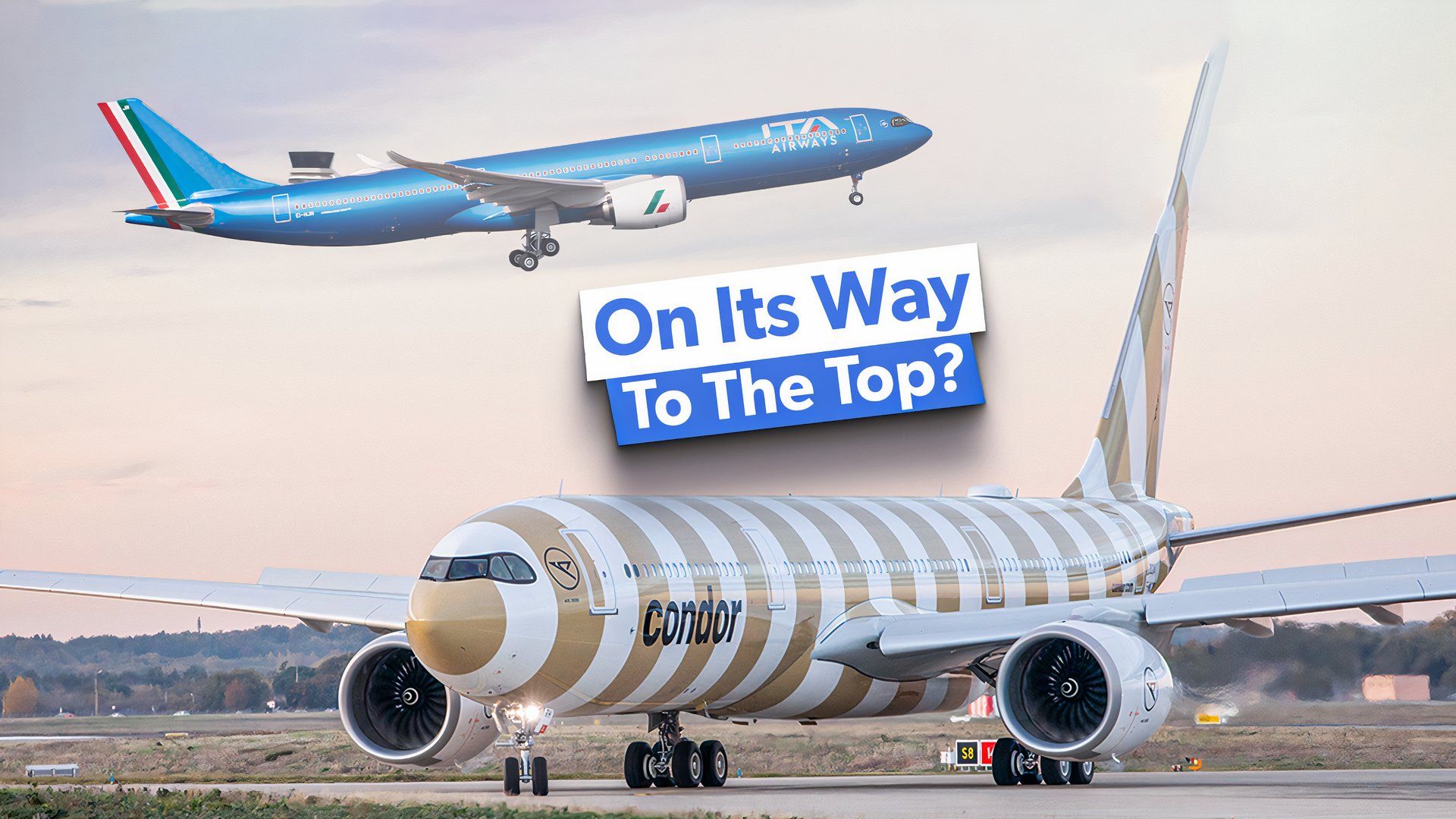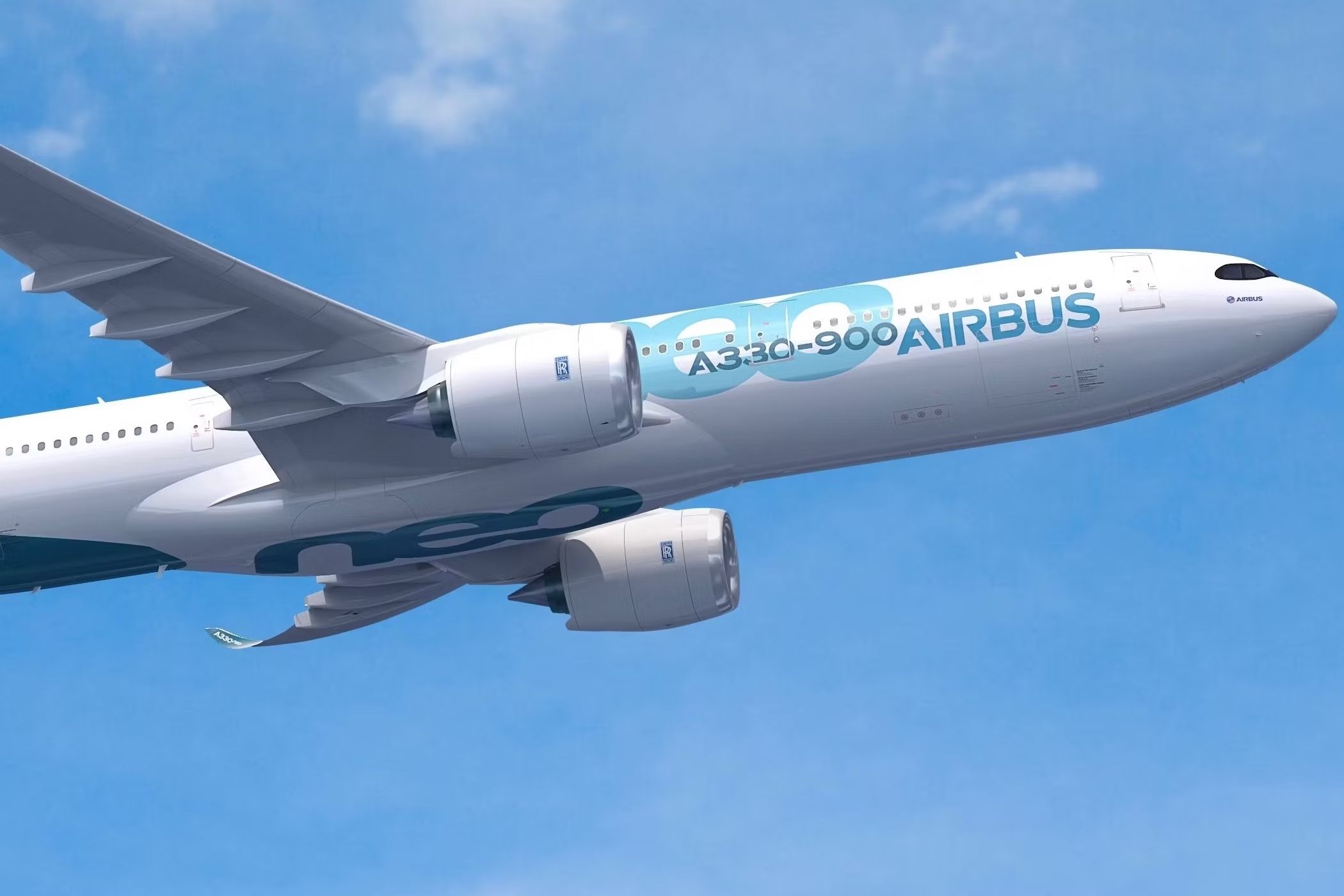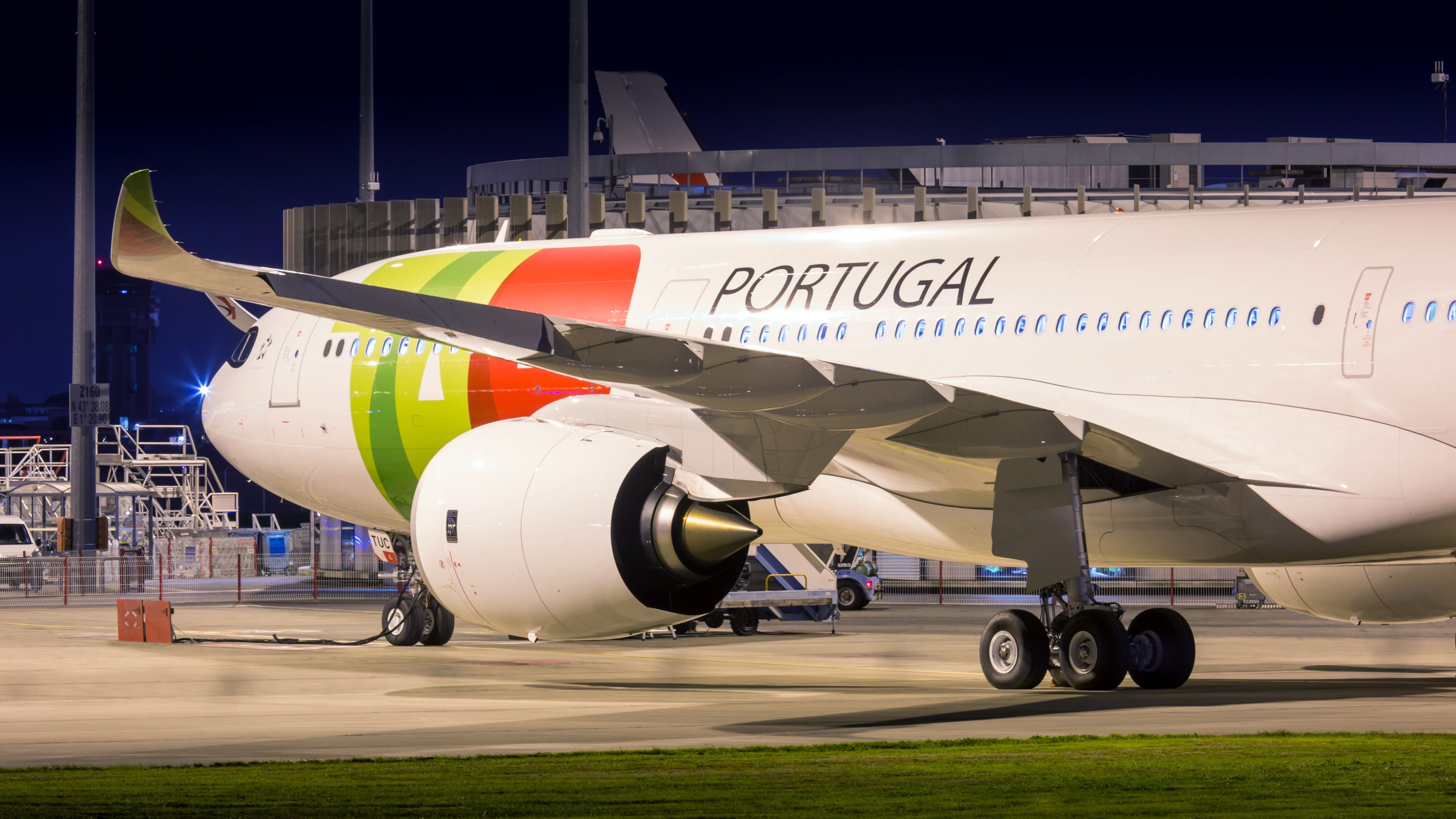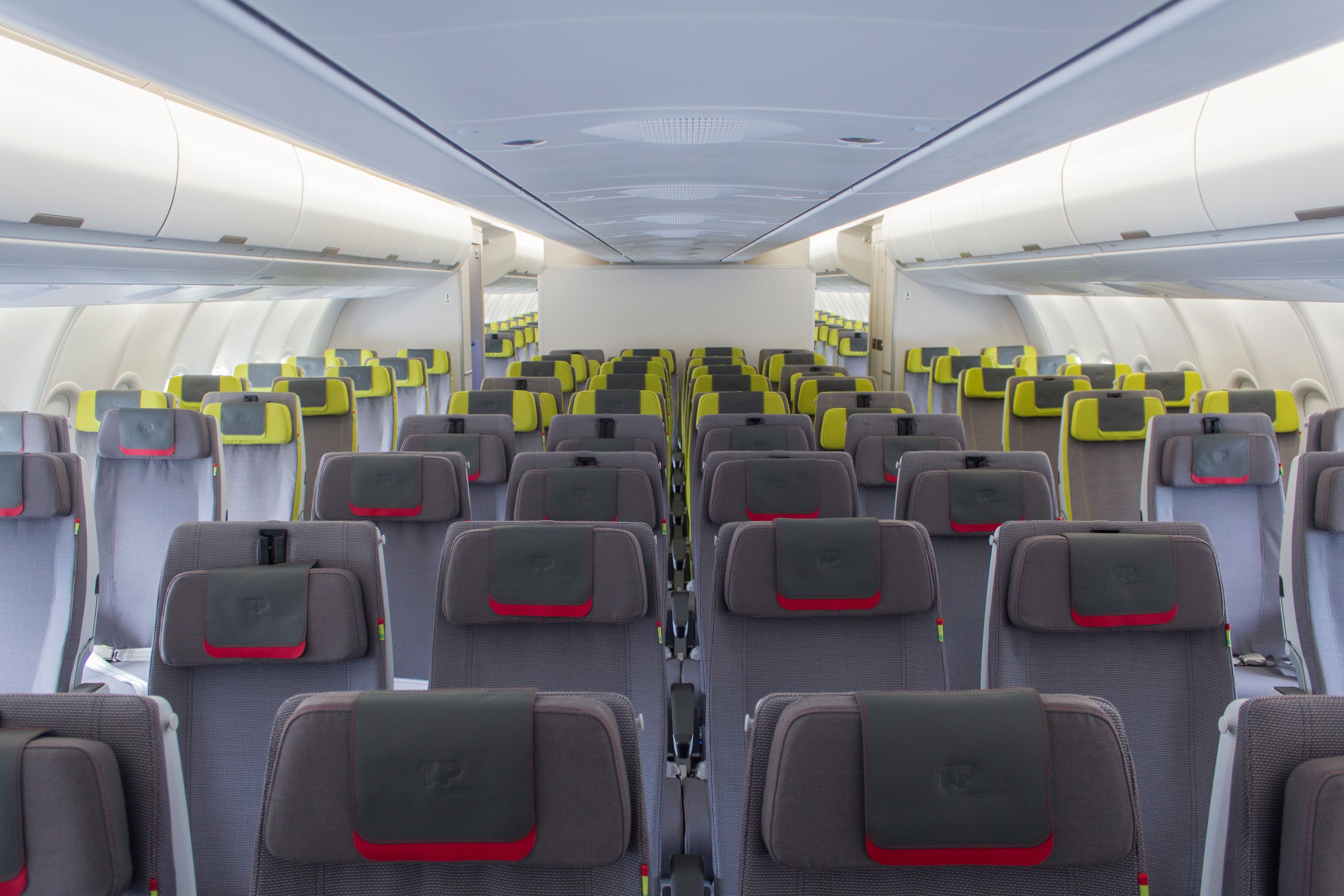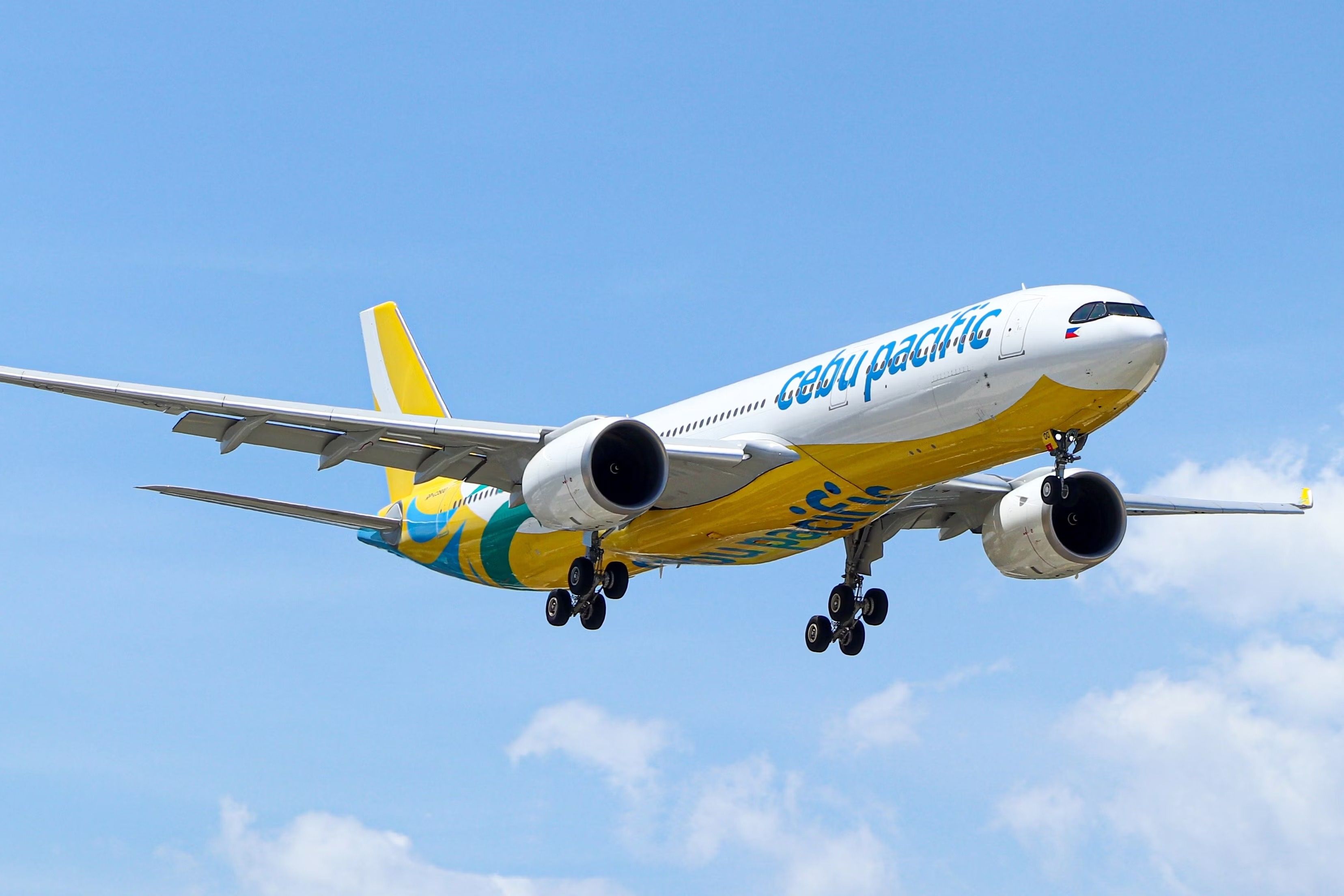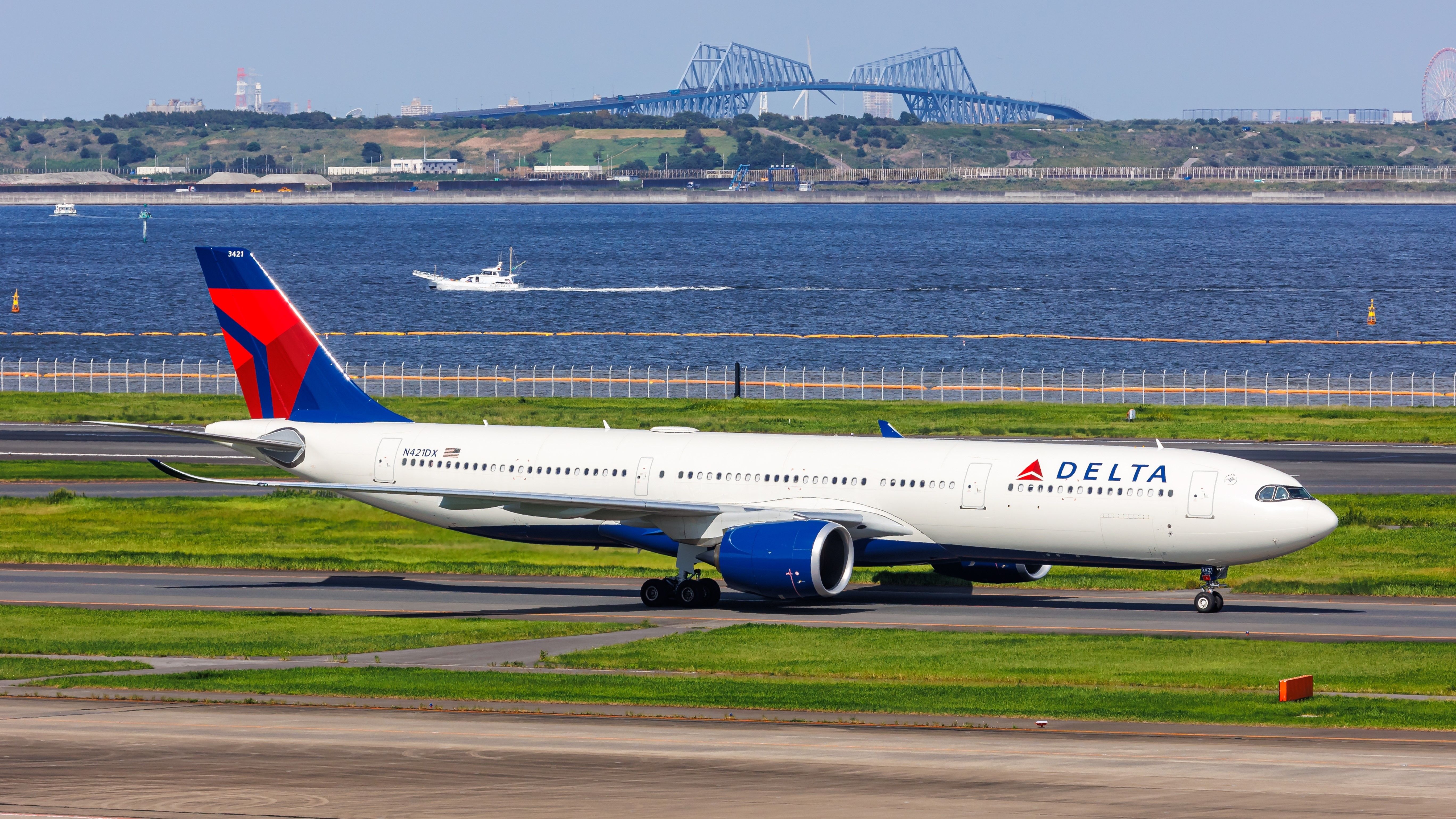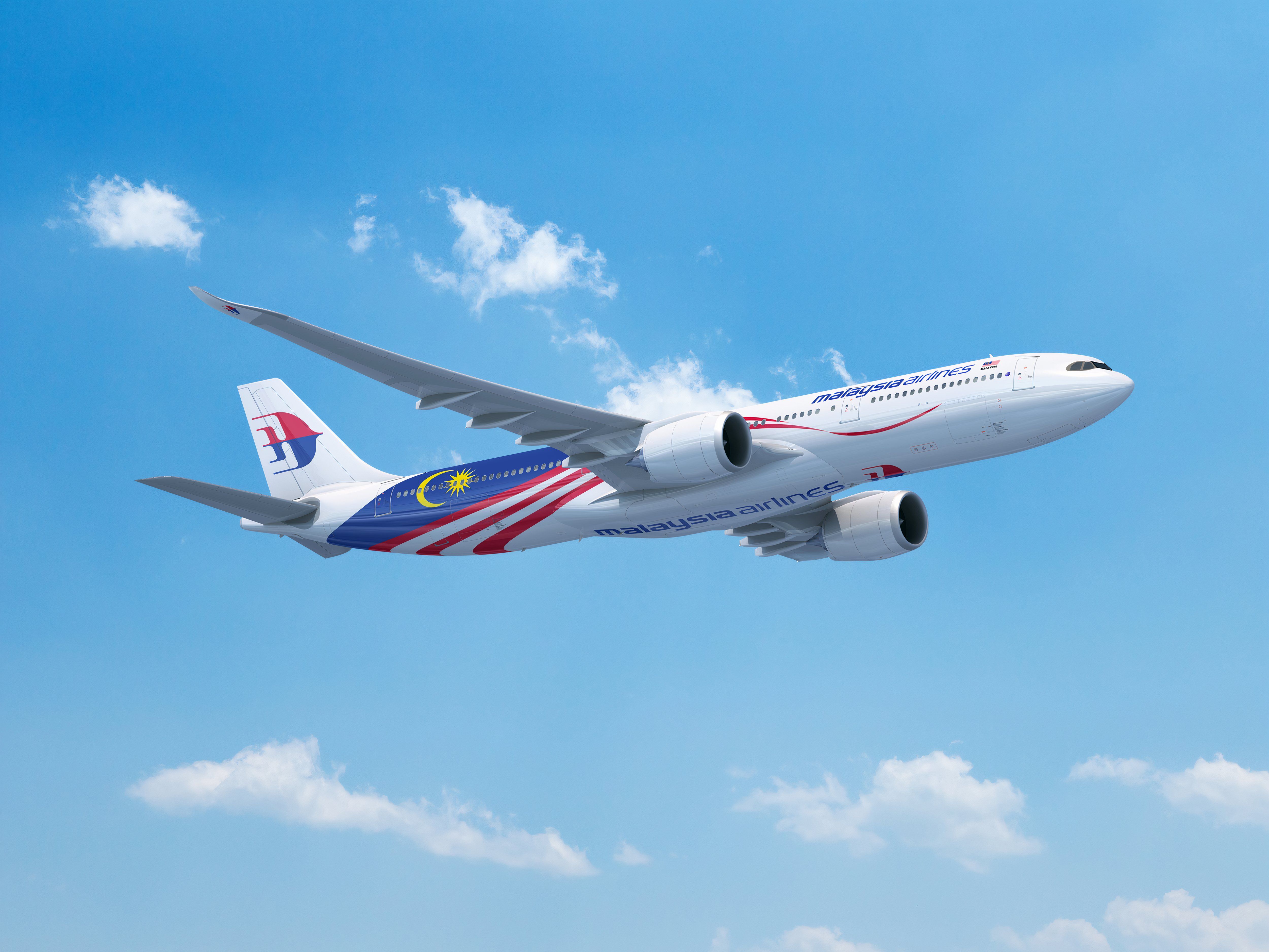Summary
- The Airbus A330neo offers range, capacity flexibility, sustainable fuel use, and impressive noise reduction, making it a strong choice for airlines.
- With increasing demand for new-generation aircraft, the A330neo’s advanced features and environmental compliance position it as a top contender.
- Airlines worldwide are recognizing the A330neo’s benefits, with major carriers already placing significant orders, solidifying its place in the industry.
The aviation industry is constantly evolving, with airlines seeking aircraft that offer the best combination of efficiency, performance, and passenger comfort. The Airbus A330neo, a re-engineered version of the popular A330, has been gaining attention for its advanced features and improvements.
During a recent media visit to Airbus’ Toulouse campus, Simple Flying heard from Widebody Marketing Director Rodrigo Lezama about the manufacturer’s latest widebody and its potential rise to the top.
Switching to new-generation aircraft
According to Lezama, only 28% of today’s fleet are new-generation aircraft. Given the rate of technological advancement, this might seem a shockingly low figure. However, not too long in the past – just over five years ago, in fact – there were only 5% of new-generation aircraft in the global fleet.
Photo: Airbus
The proportion of new aircraft in the worldwide fleet has risen rapidly over the last few years, signaling a shift towards newer, more sustainable aircraft types. As airlines and operators seek to optimize operations and satisfy the latest sustainability requirements, fleet modernization presents a natural solution. As a result, we can expect to see an uptake in new-generation aircraft, like the A330neo.
Photo: Airbus
Speaking at the media briefing, Lezama said:
“The A330neo offers range and capacity flexibility to address all types of market needs and match a variety of operations. Its superior market coverage allows airlines to capture new markets, boosting regional adaptability. Furthermore, with fleet commonality across the Airbus Family, there is a low risk of adoption and significant value for airlines.”
The A330neo: a class of its own
The A330neo has set the standard when it comes to new-generation aircraft. Equipped with wings that are 12 feet (3.7 meters) larger than its predecessor, the A330ceo, the A330neo offers enhanced aerodynamics and fuel savings. It is also powered by new engines, the Rolls-Royce Trent 7000 – featuring a 15% larger fan and double the bypass ratio of the A330ceo’s Trent 700.
Photo: Skycolors | Shutterstock
When it comes to sustainability, the A330neo is a leader. Lezama said:
“In 2021, the A330neo became the first large airliner in the world to be certified to ICAO’s carbon emissions standard, reflecting our proactive approach in environmental benchmark compliance.”
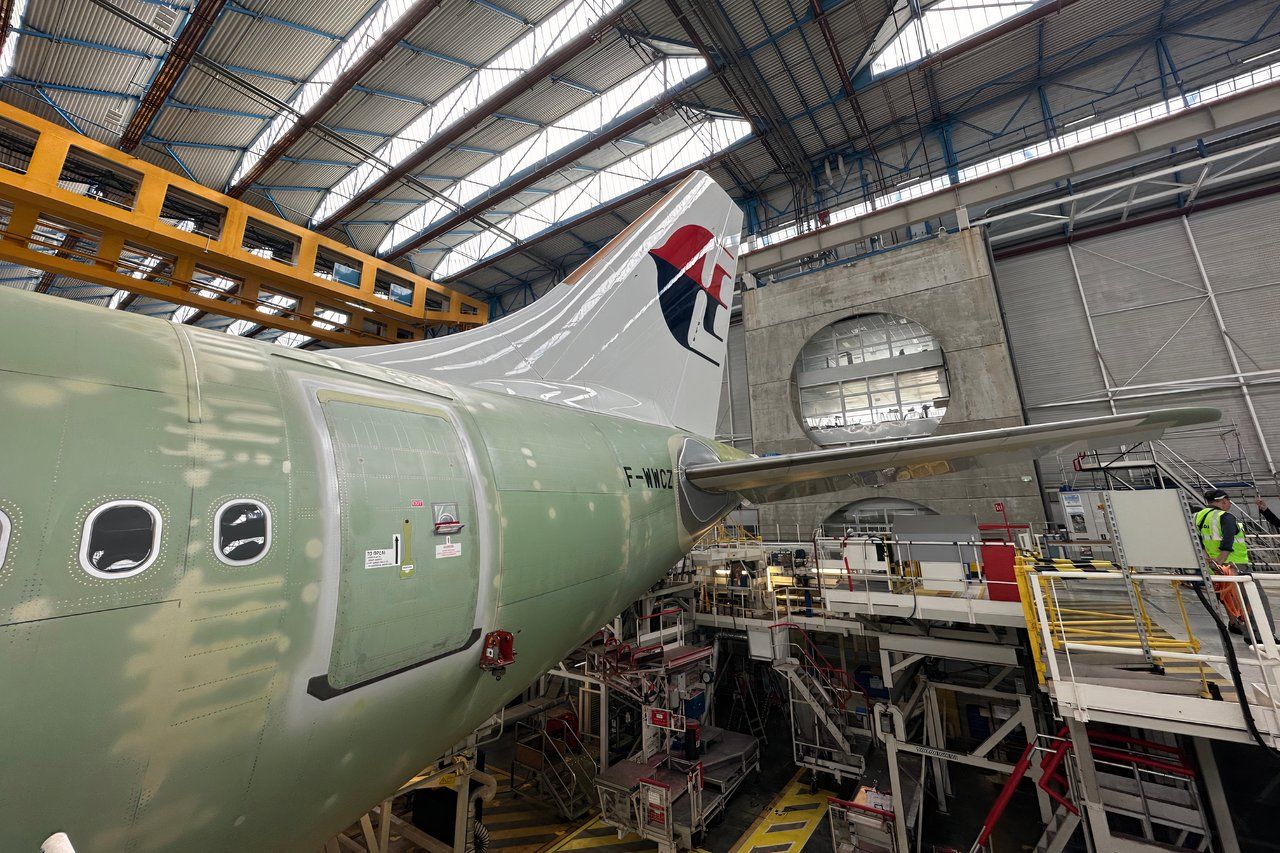
Related
Behind-The-Scenes: Malaysia Airlines’ 1st Airbus A330neo In Final Assembly
Simple Flying visited Airbus’ Final Assembly Line to see the progress on the A330neo.
Additionally, the jet has a 45% lower noise footprint than its predecessor. Today, like all Airbus aircraft, it can fly with up to a 50% blend of Sustainable Aviation Fuel (SAF), with Airbus aiming for 100% compatibility by the end of the decade.
Inside the cabin, passengers are welcomed by the Airbus Airspace cabin, with 66% more overhead bin space, ten additional seats, new ceiling panels, customizable mood lighting, and more.
Why a widebody?
We know that one of the reasons the beloved A380 failed to keep up with today’s needs is because there were simply too many seats to fill. Airlines are increasingly favoring smaller, more versatile models to serve more point-to-point routes.
Photo: Matheus Obst | Shutterstock
Further solidifying this fact, Airbus predicts that over the next 20 years, 40,850 new passenger and freighter aircraft will be needed to replace the existing global fleet. Of this, only 8,200 – just over 20% – will be widebodies.
So, this begs the question: how will another widebody, the A330neo, fare in terms of popularity with airlines? Lezama explained:
“The A330neo is a versatile aircraft. It is a complement for narrowbodies, particularly at congested airports. We see this happening in Asia-Pacific, where some airlines are using the A330neo on shorter routes to replace the A320 during peak periods. During off-peak seasons, the A330neo’s range capability provides airlines the flexibility to deploy long-haul.”
Additionally, Lezama believes that the A330neo is a natural expansion for airlines seeking to upscale their operations, with the A330-900 offering airlines the lowest-cost entry into the widebody market.
The most popular widebody family
The A330neo has already garnered significant interest from airlines around the world. Carriers such as Qatar Airways and Malaysia Airlines have placed orders for the A330neo, recognizing its potential to enhance their fleets. The strong order book is a testament to the aircraft’s appeal and the confidence that airlines have in its performance.
Photo: Markus Mainka | Shutterstock
According to data from Airbus shared with Simple Flying, as of March 2024, the A330 family is in service with more than 150 operators worldwide, serving 400 airports. The type has had 1,599 deliveries (as of end April 2024), with a further 1,774 firm orders.
|
|
Orders |
|
Africa & Middle East |
181 |
|
Americas |
179 |
|
Asia & Pacific |
581 |
|
Europe |
254 |
|
Leasing Companies |
479 |
|
Corporate Jets |
78 |
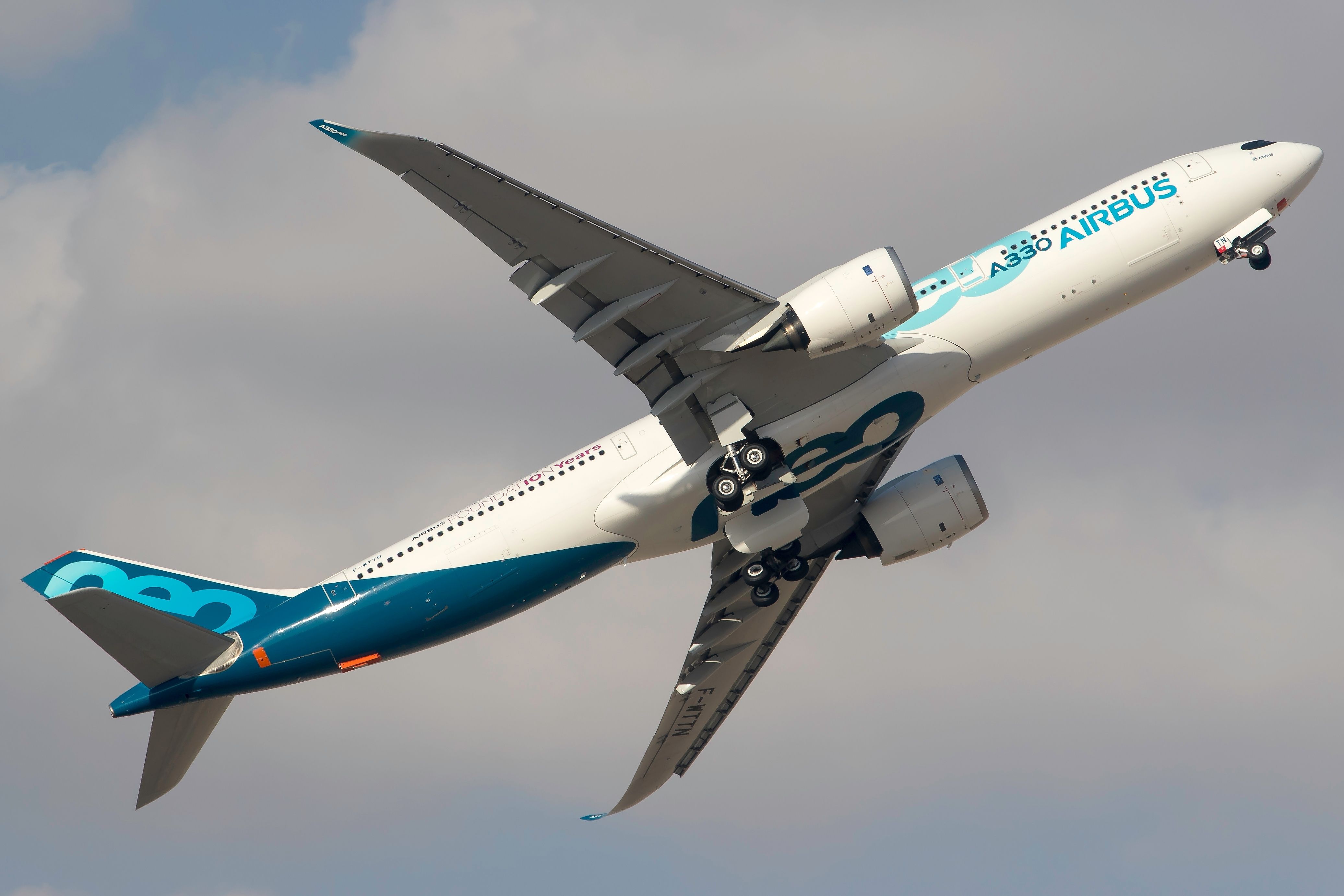
Related
Airbus Adds Divisive Dimmable Window Option To Airbus A330neo
The A330neo will follow the A350 in getting dimmable windows.
As more airlines adopt the A330neo, its presence in the global aviation market will continue to grow. The combination of its advanced features, operational flexibility, and cost-effectiveness positions the A330neo as a strong contender to become among the most popular airliners in the world.
A quality aircraft
The Airbus A330neo has all the makings of a highly popular airliner. Its fuel efficiency, passenger comfort, operational flexibility, advanced in-flight entertainment, and cost-effectiveness make it an attractive option for airlines and passengers alike. The strong order book and adoption by major carriers further indicate that the A330neo is well on its way to becoming a dominant player in the aviation industry.
Photo: Malaysia Airlines
While it remains to be seen if the A330neo will surpass other popular aircraft like the Boeing 737 or the Airbus A320 in terms of sheer numbers, its unique features and advantages certainly position it as a formidable competitor. As the aviation industry continues to evolve and prioritize sustainability and efficiency, the A330neo’s blend of innovation and practicality could very well make it one of the world’s most beloved airliners.

